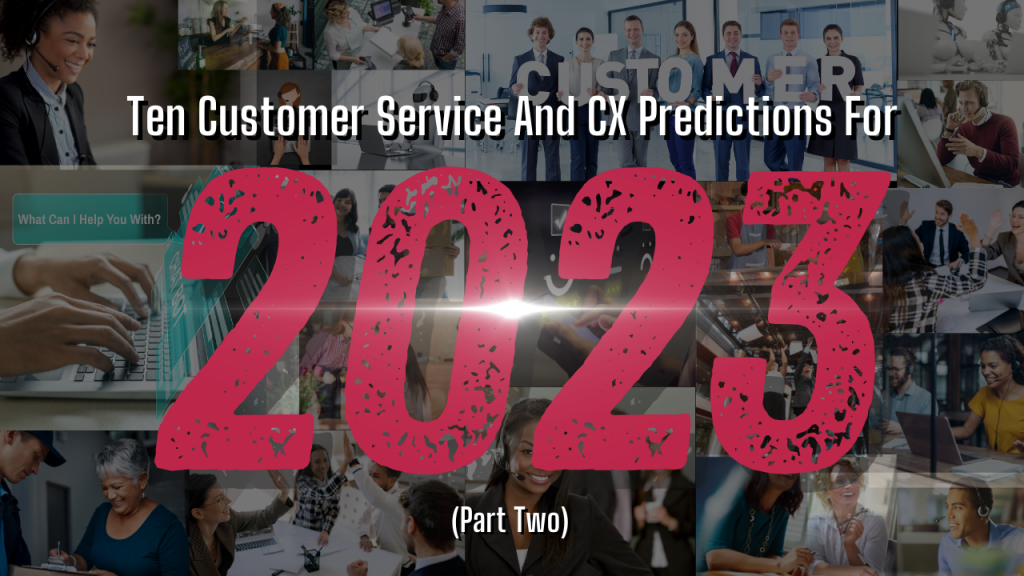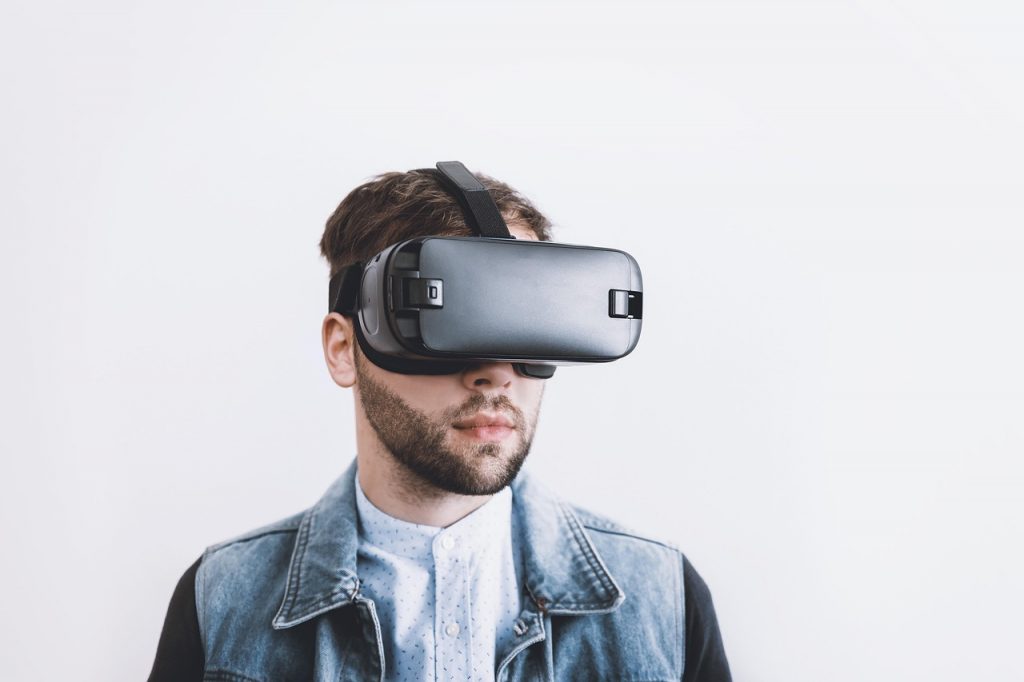
GUEST POST from Shep Hyken
Here we are at the beginning of 2024. The big trends in customer service and customer experience (CX) revolve around technology. Generative AI has been around for a while. Then along came technologies like ChatGPT, which was introduced at the end of 2022. Hardly any consumers understood what it was—or how powerful. Six months into 2023 a large percentage of consumers still didn’t know, but that has changed, and I’ll share my prediction about ChatGPT-type technologies in the list. In addition, our customer experience research has benchmark questions we’ve used for three or more years to track trends, some of which influenced what is included below. So, here are the first five of ten customer service and experience trends and predictions for 2024:
1. Smarter Customers — I have started my annual predictions with this same one for many years. Our customers are smarter and more demanding than ever (again). Customer service and CX continue to be a focus for most companies. The ones that get it right have taught all customers what good customer service looks like. It doesn’t matter if you’re selling B2C or B2B. All customers are consumers and have experienced brands that deliver an exceptional experience. And those rock star brands are the ones you are now compared to. So don’t just look at your competitors and think you need to be as good as them. Look at the best companies—in any industry—and let them help set your benchmarks. Once again, customers are smarter than last year!
2. Digital Customer Support Improves — The technology that everyone loved five years ago is so outdated compared to what is available today. Not only is today’s technology better, but it is also less expensive to implement. With an investment that’s easier on the bank account and generative AI and ChatGPT-type solutions improving, companies and brands will deliver self-service support that will make customers happy.
3. A Big Mistake — As a follow-up to No. 2, some companies will make the mistake of thinking the latest technologies can replace human-to-human customer support. These companies will become so enamored with the latest and greatest technology that they will make the mistake of thinking they can shut down phone support. Making the switch to 100% digital will not work 100% of the time. More competent companies will recognize the opportunity for a balance between digital and the human-to-human experience. That said, the balance isn’t the same as in the past. Digital will be more important because customers will learn that it’s easier to use and can provide answers faster, but companies must back this up with human support. Finding the right balance is crucial and will vary between companies and industries.
4. Employee Experience (EX) is as Important as CX — This trend has been going on for several years. I included a version of this last year amid what everyone called The Great Resignation. Companies and brands continue to recognize that employee retention is as important, if not more so, than customer retention. Organizations will make more significant moves to keep their best employees. They will create competitive wage and compensation packages (including insurance, PTO and more). The fulfilled employee is more engaged with customers. It is what will drive a better CX. As I’ve said many times before, what’s happening inside an organization is felt on the outside by customers.
5. Fewer Phone Calls, More AI — I could be wrong about this prediction, but I will put myself out there. Our CX research found that year-over-year, more customers preferred making a phone call for customer support than using digital self-service options. In 2021, 59% of customers preferred the phone. In 2022, that increased to 65%. And in 2023, 69% of customers chose the phone over self-service options. Looking at this trend, one might believe that in 2024, the phone will be even more prevalent, but as previously mentioned, today’s AI and ChatGPT-type technologies are not only better, but they are also less expensive. The result is that more companies will be providing better digital service experiences, which means more customers will be happier using them. Our 2024 survey will go out the first week of January, and I can’t wait to see if I’m right or wrong. (Either way, I’ll let you know in a future article.)
Well, that’s the first five of my ten predictions and trends for 2024. Next week, I’ll be back with five more.
This article originally appeared on Forbes.com
Image Credits: Shep Hyken
![]() Sign up here to join 17,000+ leaders getting Human-Centered Change & Innovation Weekly delivered to their inbox every week.
Sign up here to join 17,000+ leaders getting Human-Centered Change & Innovation Weekly delivered to their inbox every week.






